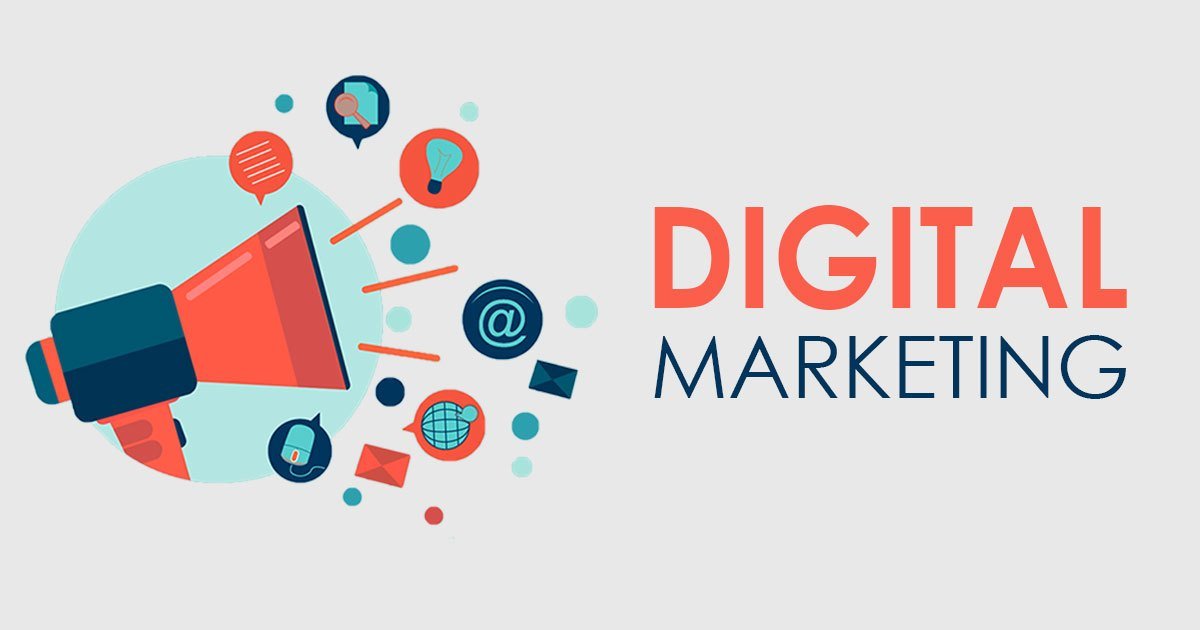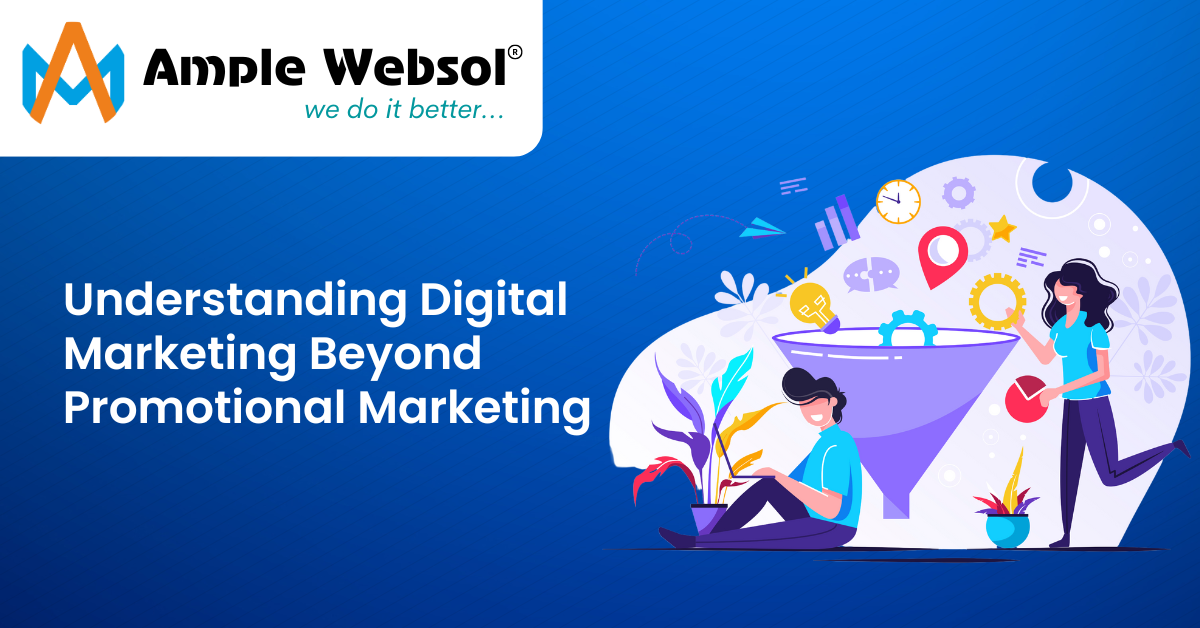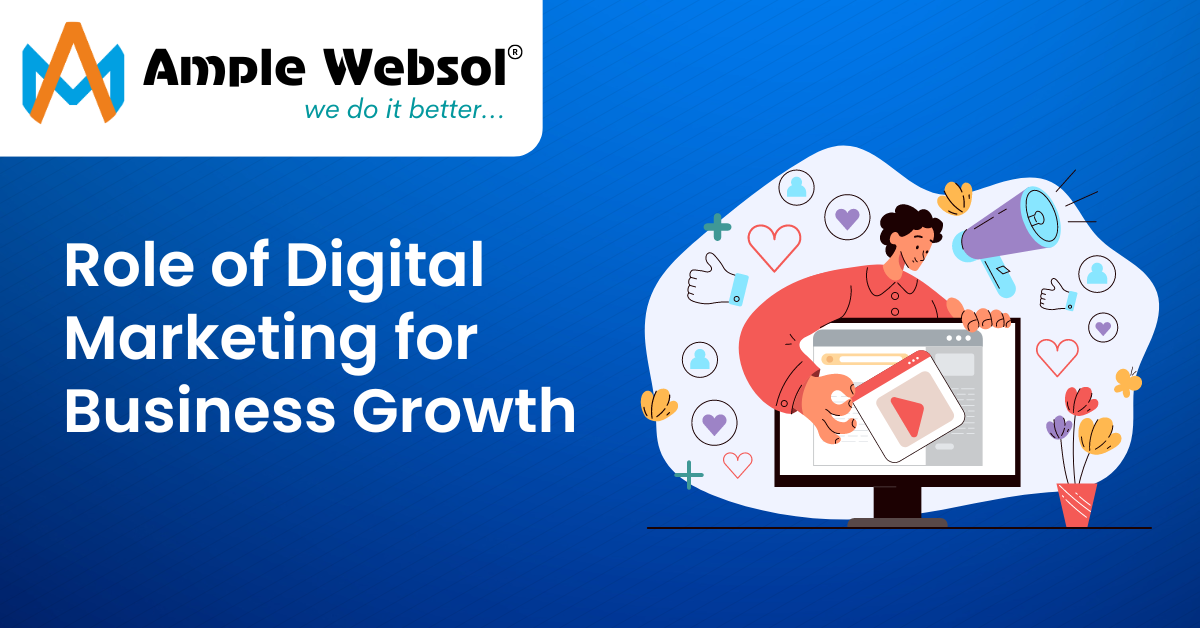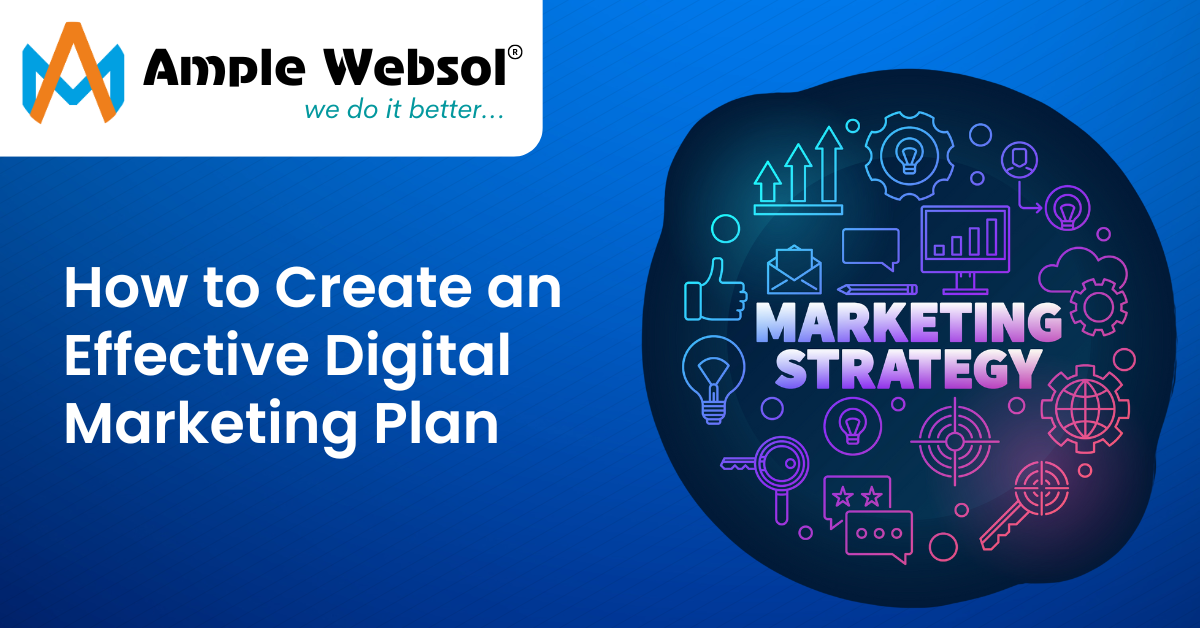In today’s digital world, knowing the full scope of Digital Marketing is crucial for businesses…

What is Digital Marketing?
Table of Contents
hide
Digital marketing
Digital marketing is an umbrella term for all of your online marketing efforts. Businesses leverage digital channels such as Google search, social media, email, and their websites to connect with their current and prospective customers.
Assets
- Your website
- Blog posts
- Ebooks and whitepapers
- Infographics
- Interactive tools
- Social media channels (Facebook, LinkedIn, Twitter, Instagram, etc.)
- Earned online coverage (PR, social media, and reviews)
- Online brochures and lookbooks
- Branding assets (logos, fonts, etc.)
Tactics
Search Engine Optimization (SEO)
The process of optimizing your website to ‘rank’ higher in search engine results pages, therefore increasing the amount of organic (or free) traffic that your website receives.
Content Marketing
The creation and promotion of content assets for the purpose of generating brand awareness, traffic growth, lead generation, or customers.
Inbound Marketing
Inbound marketing refers to the ‘full-funnel’ approach to attracting, converting, closing, and delighting customers using online content.
Social Media Marketing
The practice of promoting your brand and your content on social media channels to increase brand awareness, drive traffic, and generate leads for your business.
Pay-Per-Click (PPC)
A method of driving traffic to your website by paying a publisher every time your ad is clicked. One of the most common types of PPC is Google AdWords.
Affiliate Marketing
A type of performance-based advertising where you receive a commission for promoting someone else’s products or services on your website.
Native Advertising
Native advertising refers to advertisements that are primarily content-led and featured on a platform alongside other, non-paid content. BuzzFeed sponsored posts are a good example, but many people also consider social media advertising to be ‘native’ — for example, Facebook advertising and Instagram advertising.
Marketing Automation
Marketing automation refers to the software that exists with the goal of automating marketing actions. Many marketing departments have to automate repetitive tasks such as emails, social media, and other website actions.
Email Marketing
Companies use email marketing as a way of communicating with their audiences. Email is often used to promote content, discounts, and events, as well as to direct people towards the business’ website.
Online PR
Online PR is the practice of securing earned online coverage with digital publications, blogs, and other content-based websites. It’s much like traditional PR but in the online space.
Contact Us
Setup your Business Online Send Email at tapan@amplewebsol.com or Call at +919033372091
Explore our Services!
Website Development Company in Vadodara, Digital Marketing Company in Vadodara, SEO Company in Vadodara, Google Ads Expert in Vadodara, Hire the Best Facebook Ads Specialist in Vadodara, E-Commerce Development Company in Vadodara, UI/UX Design & Development Service in Vadodara, Web Application Development Services in Vadodara, Mobile Application Development Services, Social Media Marketing Agency in Vadodara, Best Email Marketing Services in Vadodara


